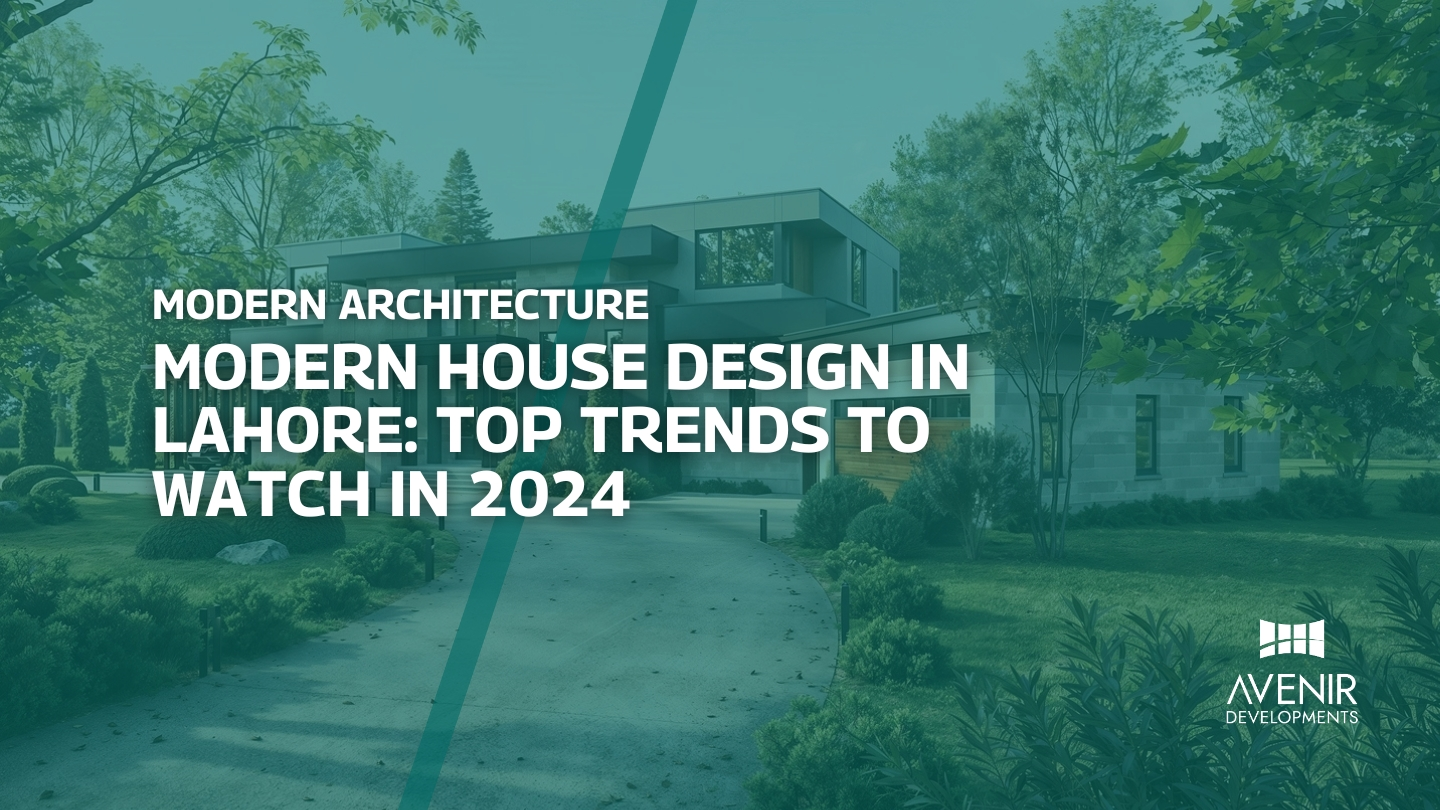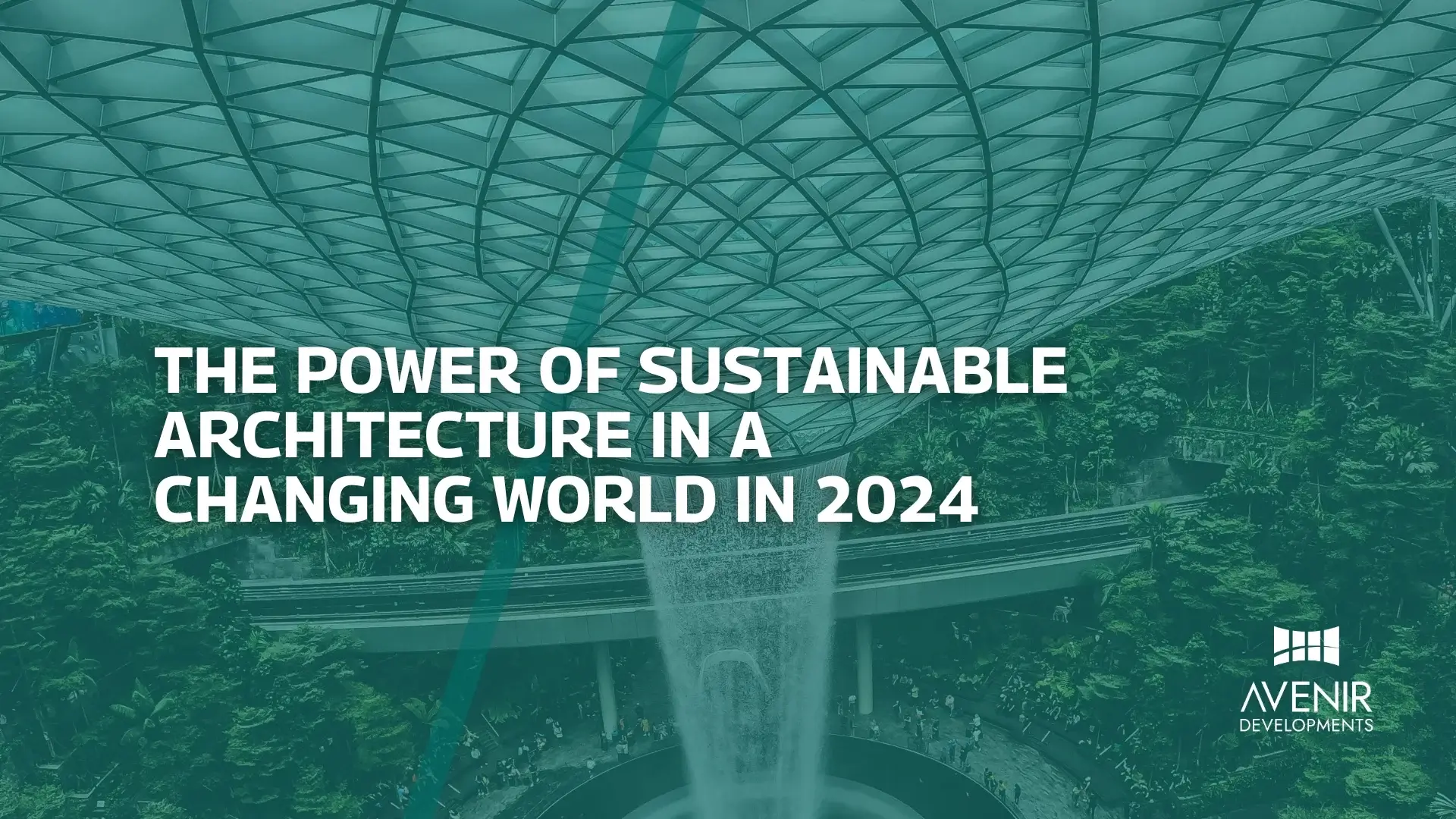Picture this: I’m standing in the heart of Lahore, Pakistan, gazing up at the intricate mosaics of the Wazir Khan Mosque. It’s a testament to centuries of architectural mastery, a blend of artistry and engineering that takes my breath away. Yet, not far from this ancient masterpiece, a new wave of design is emerging, one driven by artificial intelligence (AI). It’s a paradox that excites and challenges me as an architect and urban planner: the fusion of tradition and technology, the marriage of human creativity with algorithmic precision.
This isn’t some distant future we’re talking about; the future of design is here. AI in architecture is reshaping our cities and buildings, transforming the way we conceive, create, and inhabit spaces. From sleek, AI-optimized skyscrapers in Dubai to sustainable, AI-designed communities in Europe, the impact of AI is undeniable. It’s a revolution that promises to enhance efficiency, sustainability, and even the very aesthetics of our built environment. But as with any technological leap, it also raises questions and concerns: Will AI replace architects? How will it affect our cities’ cultural identity? And most importantly, how can we harness its power for the greater good?
In this article, we’ll delve into these questions and explore the fascinating world of AI in architecture. We’ll examine its potential, its limitations, and the ethical considerations that come with this transformative technology. Whether you’re an architect, a designer, or simply curious about the future of our cities, join me on this journey as we uncover the ways AI is reshaping the world around us.
Let me know when you’re ready for the next section!
AI in Architecture: A Comprehensive Overview
To truly grasp the transformative power of AI in architecture, we need to understand its evolution and diverse applications. AI in architecture isn’t about robots replacing architects; it’s about empowering them with intelligent tools to enhance their creative vision and problem-solving abilities.
What is AI in Architecture?
- Definition: The application of artificial intelligence technologies to the architectural design and construction process.
- Goal: Enhance efficiency, creativity, sustainability, and decision-making in the built environment.
Evolution of AI in Architecture
| Era | Technology | Impact on Architecture |
| Ancient Times | Simple tools, basic geometry | Limited to basic structures, primarily based on human intuition and trial-and-error. |
| Industrial Age | Mechanical drawing, early engineering | Standardized building processes, enabled larger and more complex structures. |
| 20th Century | Computer-aided design (CAD) | Revolutionized architectural drafting and visualization, improved accuracy and speed of design. |
| 21st Century | Artificial intelligence (AI), BIM | Enables generative design, optimized building performance, predictive analysis, and smarter buildings. Represents a paradigm shift in architectural design and construction. |
Key AI Technologies in Architecture
- Machine Learning: Algorithms that learn from data to improve performance over time.
- Generative Design: AI explores a vast design space to find optimal solutions.
- Building Information Modeling (BIM): Digital representation of a building for design, construction, and operation.
- Natural Language Processing: AI understands and responds to human language, enabling more intuitive interaction with design tools.
- Robotics and Automation: Robots can assist in construction tasks, improving efficiency and safety.
Why AI Matters in Architecture
- Efficiency: Streamlines design processes, reduces errors, and optimizes resource utilization.
- Creativity: Expands design possibilities, generates innovative solutions, and challenges conventional thinking.
- Sustainability: Optimizes building performance, reduces environmental impact, and promotes sustainable design practices.
- Decision-Making: Provides data-driven insights to inform design choices and improve project outcomes.
In essence, AI is not here to replace architects but to augment their abilities. It’s a powerful tool that can help us create a more efficient, sustainable, and inspiring built environment.
Interesting Read: RIBA Artificial Intelligence Report 2024
AI in Architecture: Trends and Developments in Pakistan and Beyond
As someone who has lived and traveled across the globe, I’ve witnessed firsthand the varying degrees of AI adoption in architecture. In Pakistan, we’re seeing a gradual but steady uptake of AI tools, particularly in larger firms and academic institutions. However, the landscape is evolving rapidly, both here and abroad.
Pakistan’s Growing Interest in AI-Powered Architecture
- Government Initiatives: The Pakistani government is actively promoting the use of technology in various sectors, including construction. Initiatives like the “Digital Pakistan” vision aim to create a conducive environment for technological innovation.
- Academic Research: Universities like the National University of Sciences and Technology (NUST) are leading the way in AI research and development, with a focus on applications in architecture and urban planning. Their research explores how AI can optimize building designs for energy efficiency, seismic resilience, and cultural relevance.
- Industry Adoption: Leading architectural firms in Pakistan, such as Avenir Developments, Arshad Shahid Abdulla (ASA) and Nayyar Ali Dada & Associates, are beginning to incorporate AI tools into their design processes. They recognize the potential of AI to streamline workflows, generate novel design solutions, and improve overall project outcomes.
Global Trends in AI-Powered Architecture
- Generative Design Goes Mainstream: Generative design is no longer a niche concept. Major architecture firms like Zaha Hadid Architects are using it to create stunning, organic forms that would be impossible to achieve with traditional design methods.
- BIM and AI Integration: The integration of BIM and AI is revolutionizing the way we manage building data. AI algorithms can analyze BIM data to identify potential design flaws, optimize building performance, and predict maintenance needs, leading to significant cost and time savings.
- Rise of AI-Powered Construction Robots: Construction sites are becoming increasingly automated, with robots taking on tasks like bricklaying, welding, and even 3D printing entire buildings. This not only improves efficiency but also enhances safety by reducing the risk of accidents.
- Focus on Sustainability: AI is playing a crucial role in creating more sustainable buildings and cities. Algorithms can analyze environmental data to optimize building orientation, material selection, and energy usage, leading to significant reductions in carbon footprint.
- Ethical Considerations Take Center Stage: As AI becomes more sophisticated, ethical concerns are coming to the forefront. Questions about data privacy, algorithmic bias, and the potential displacement of human workers are being actively debated in the architectural community.
Staying updated with these trends is crucial for anyone involved in architecture. AI is not just a passing fad; it’s a fundamental shift in the way we design and build. By embracing AI, architects in Pakistan can not only stay competitive but also contribute to a more innovative, sustainable, and inclusive built environment.
FAQs about AI in Architecture
As AI in architecture gains traction, it’s natural for questions to arise. Let’s tackle some of the most common FAQs:
Q: Will AI replace architects?
A: No, AI is not here to replace architects but to empower them. AI tools can automate repetitive tasks, freeing up architects to focus on creativity, problem-solving, and client interaction. Think of it as a partnership, where AI augments human ingenuity, not replaces it.
Q: How does AI impact architectural design?
A: AI is revolutionizing architectural design in several ways:
- Generative design: AI algorithms explore countless design options, pushing the boundaries of creativity.
- Optimization: AI optimizes building layouts, energy usage, and material selection for better performance and sustainability.
- Visualization: AI creates realistic 3D visualizations, helping clients understand design concepts before they’re built.
- Data-driven insights: AI analyzes data to inform design decisions, ensuring buildings meet the needs of users and the environment.
Q: Is AI affordable for small architecture firms?
A: While some advanced AI tools may be costly, there are also many affordable or even free AI-powered tools available. These tools can automate tasks like drafting, rendering, and project management, leveling the playing field for smaller firms. As AI technology continues to develop, it’s expected to become even more accessible and affordable.
Q: How can architects prepare for the AI revolution?
A: Here are a few tips:
- Embrace lifelong learning: Stay updated on the latest AI trends and tools.
- Develop digital skills: Learn how to use BIM software and other AI-enabled tools.
- Focus on creativity and communication: These are skills that AI cannot replicate.
- Collaborate with AI experts: Partner with AI specialists to harness the full potential of this technology.
Q: What are the ethical considerations of AI in architecture?
A: As with any powerful technology, AI raises ethical questions. Architects need to consider:
- Data privacy: How is data collected and used?
- Algorithmic bias: Are AI algorithms fair and unbiased?
- Job displacement: How can we ensure a just transition for workers affected by automation?
- Accountability: Who is responsible when AI-powered designs fail?
By addressing these questions proactively, we can ensure that AI is used ethically and responsibly in architecture, benefiting both the profession and society as a whole.
Expert Tips for Embracing AI in Architecture
As an architect with experience in both traditional and AI-powered design, I’ve seen the potential of AI to transform our profession. Here are some tips for architects and designers looking to harness its power:
- Don’t Fear the Machine: AI is a tool, not a threat. Embrace it as a collaborator that can augment your creativity and expertise.
- Start Small: You don’t need to invest in the most expensive AI software right away. Begin by exploring free or affordable tools that can automate tasks like drafting, rendering, or energy analysis.
- Learn the Basics of AI: Understand the fundamental concepts of machine learning, neural networks, and generative design. This will help you communicate effectively with AI specialists and make informed decisions about which tools to adopt.
- Experiment and Iterate: Don’t be afraid to experiment with different AI tools and techniques. The field is constantly evolving, so stay curious and open to new possibilities.
- Collaborate with AI Experts: Partner with data scientists, software developers, and other AI specialists to leverage their expertise and create truly innovative solutions.
- Focus on Human-Centric Design: Remember that AI is a means to an end, not an end in itself. The ultimate goal of architecture is to create spaces that enhance human well-being. Use AI to inform your design decisions, but always prioritize the needs and experiences of the people who will use your buildings.
- Stay Ethical: Be mindful of the ethical implications of AI, such as data privacy, algorithmic bias, and the potential impact on jobs. Strive to use AI in a transparent, accountable, and equitable manner.
By following these tips, you can navigate the AI in Architecture landscape with confidence and harness its power to create a more sustainable, efficient, and inspiring built environment.
Embracing the Revolution of AI in Architecture
The future of design is undeniably intertwined with artificial intelligence. As we’ve explored, AI in architecture is not just a buzzword; it’s a transformative force that’s reshaping our cities and buildings in profound ways. From generative design that pushes the boundaries of creativity to AI-powered BIM that optimizes building performance, the possibilities are vast and exciting.
In Pakistan, we’re witnessing a growing interest in AI-powered architecture, with government initiatives, academic research, and industry adoption paving the way for a more innovative and sustainable built environment. While challenges like data privacy and ethical considerations remain, the potential benefits of AI are simply too significant to ignore.
As architects, designers, and urban planners, we have a responsibility to embrace this technological revolution while upholding our core values of human-centric design and social responsibility. By collaborating with AI experts, staying informed about the latest developments, and prioritizing ethical considerations, we can harness the power of AI to create a better future for our cities and communities.
The question isn’t whether AI will change architecture; it already has. The question is how we will adapt and evolve to make the most of this powerful tool. I encourage you to explore the possibilities, experiment with AI-powered tools, and join the conversation about the future of design.
Are you ready to embrace the AI revolution in your architectural projects? Avenir Developments is at the forefront of this exciting frontier, leveraging AI to create innovative, sustainable, and aesthetically stunning designs. Contact us today on WhatsApp or Call +923001101103 to learn how we can help you harness the power of AI to bring your architectural vision to life.






